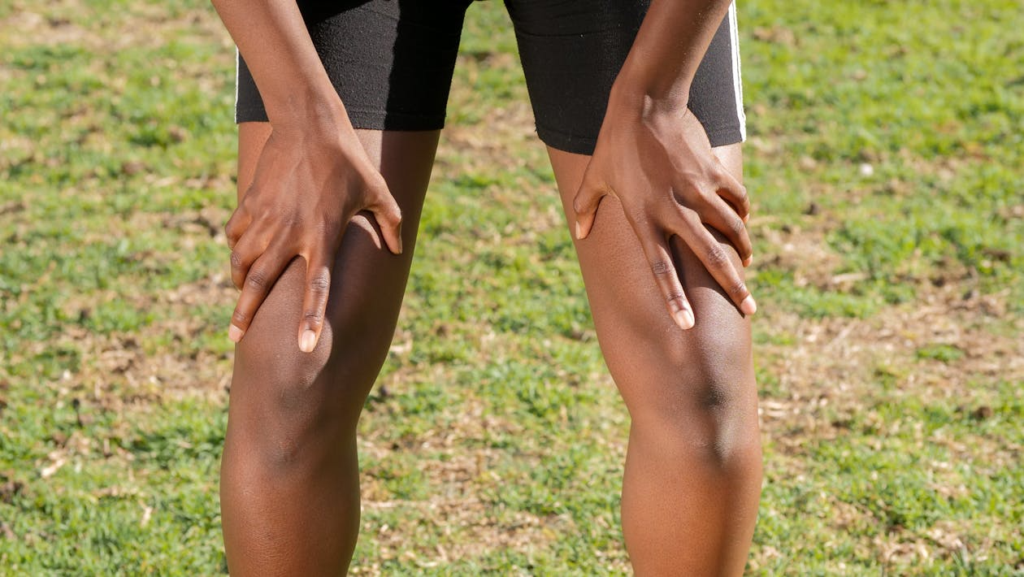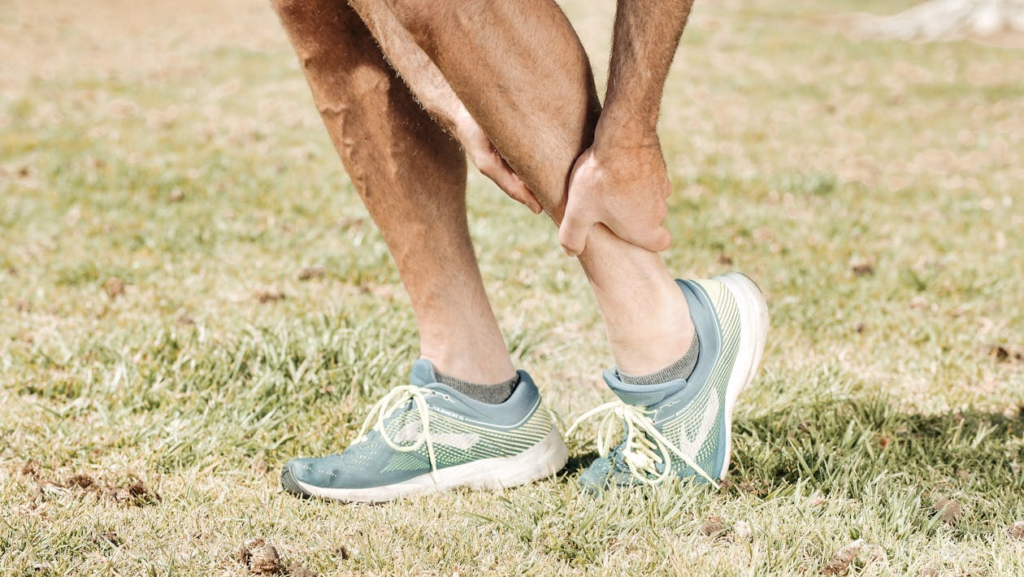You see it in local gyms and running clubs. Someone tweaks a knee or elbow, rests for a week, then asks if shots like PRP could speed up healing.
Clinics that treat active people in Las Vegas and beyond are getting the same question every day. Practices like Ortho Las Vegas evaluate these options alongside proven rehab, so patients can return to sport with a clear plan that balances benefit, risk, and cost.
What Is Regenerative Care
Regenerative care tries to support the body’s own healing. In sports medicine, the common options include platelet rich plasma, sometimes bone marrow or fat concentrates, and hyaluronic acid for certain joint problems. These are called orthobiologics in many journals.
The science is growing, and results depend on injury type, tissue health, and the full rehab plan around any injection. A careful diagnosis comes first, usually with a clinical exam and imaging when needed.
Where It Helps Most
Tendon and ligament issues are frequent in sport. Think tennis elbow, patellar tendinopathy, and chronic ankle sprains. PRP has been studied the most among the biologic options.
Reviews suggest PRP may reduce pain for some elbow and shoulder tendon problems and may help selected overuse injuries, but results are mixed and technique matters. Concentration, injection location, and the number of sessions can change outcomes.
This is why experienced teams pair PRP with a loading program designed by a clinician, not just rest.
Cartilage and early knee arthritis are another area people ask about. Hyaluronic acid can offer short term symptom relief for some knees, often peaking around six to eight weeks. It is not a cure, and effects are modest.
It may still be a reasonable bridge if pain limits training and surgery is not on the table.
PRP Basics
PRP is made by drawing a small amount of your blood, spinning it to concentrate platelets, then injecting that concentrate into the target tissue. Platelets carry growth factors that may support healing.
Athletes have used PRP for more than a decade, and many clinics offer it for tendons and joints. Common side effects are soreness and swelling for a day or two. Serious complications are rare when done with sterile technique and ultrasound guidance.
Evidence shows potential benefit for certain tendons and mixed results for others, so patient selection is key.
Training does not stop after an injection. A good plan maps the first 72 hours of protection, a gradual return to loading, and objective checks like pain with daily tasks, single-leg squat quality, and later, sport-specific drills.
Many patients follow a 6 to 12 week arc before full sport, based on tissue and sport demands. Your clinician should explain what to expect at each stage rather than using open-ended timelines.
Hyaluronic Acid In Brief
Some clinics market stem cells or exosomes for joint and soft tissue problems. Here the rules are clear.
The FDA states that, aside from cord blood products for blood disorders, stem cell products are not approved for orthopedic use, and exosome products are not approved for any medical condition.
Hyaluronic acid for knees sits in a different bucket. It is widely used for knee osteoarthritis, including in active adults with early changes. Some coverage policies allow it when other non-surgical care has not helped.
Effects are temporary, so it is part of a broader plan that still includes strength work, weight management if needed, and workload control.
Building A Care Plan
A strong clinic workflow keeps flashy therapies in the right place. Here is a common approach for sport injuries that do not need surgery:
- Precise diagnosis. Is the pain from a tendon, a ligament sprain, bone stress, or joint surface irritation. The label drives the plan.
- Baseline care. Pain control, activity tweaks, and a targeted exercise plan start immediately. Many tendon problems improve with progressive loading and movement quality sessions.
- Decision on injections. If symptoms limit progress after a fair rehab window, or if the injury pattern fits known use cases, a clinician may offer PRP or hyaluronic acid with a clear expectation of benefit and limits.
- Rehab integration. Injections are scheduled around training blocks. Early phases protect tissue and restore range, then gradual loading returns. Return to running or cutting is staged, not rushed.
- Milestone checks. Weekly or biweekly checks look at pain scores, function tests, and training logs. If milestones are not met, the team revisits the plan instead of repeating injections on a fixed calendar.
A practice that offers both surgical and non-surgical options can guide these steps, which is why many active patients value an orthopedic group with sports medicine and rehab in one place.
Costs, Timing, And Tips
PRP and hyaluronic acid are usually paid out of pocket, though some plans cover selected hyaluronic acid products for knee arthritis. Ask about total cost, number of sessions, and any clinic package pricing up front.
Also ask what happens if you do not improve on schedule. Evidence-based care means the team is willing to pivot, not sell repeat sessions by default.
Training around an injury matters as much as any shot. Keep aerobic work with a bike, pool, or upper body ergometer if your sport allows. Keep strength work for uninvolved areas so you maintain capacity.
Sleep and protein intake support recovery, and simple pain scales help you track trends. If pain is higher the day after training, reduce volume or intensity and retest in two to three days.
For team sport athletes, coordination between the clinic, coach, and strength staff prevents mixed messages. The best plans name a single point of contact, often the physical therapist or athletic trainer, who updates the team each week.

Photo by Kindel Media
When Surgery Is The Right Choice
Regenerative care does not replace surgery when tissue is torn beyond what it can heal. Complete Achilles ruptures, full thickness rotator cuff tears with loss of function, and unstable ligament ruptures often need surgical repair or reconstruction. Many clinics still use biologics around surgery to support healing, but the primary fix is mechanical.
A candid conversation with your surgeon about goals, season timing, and return-to-play criteria will help you pick the right path.
A short way to think about all this is simple. Start with a solid diagnosis and rehab plan. Use injections when they fit the injury and the evidence. Avoid unapproved products. Keep training smart while you heal.
With that approach, you give yourself the best chance to get back to sport with confidence.
